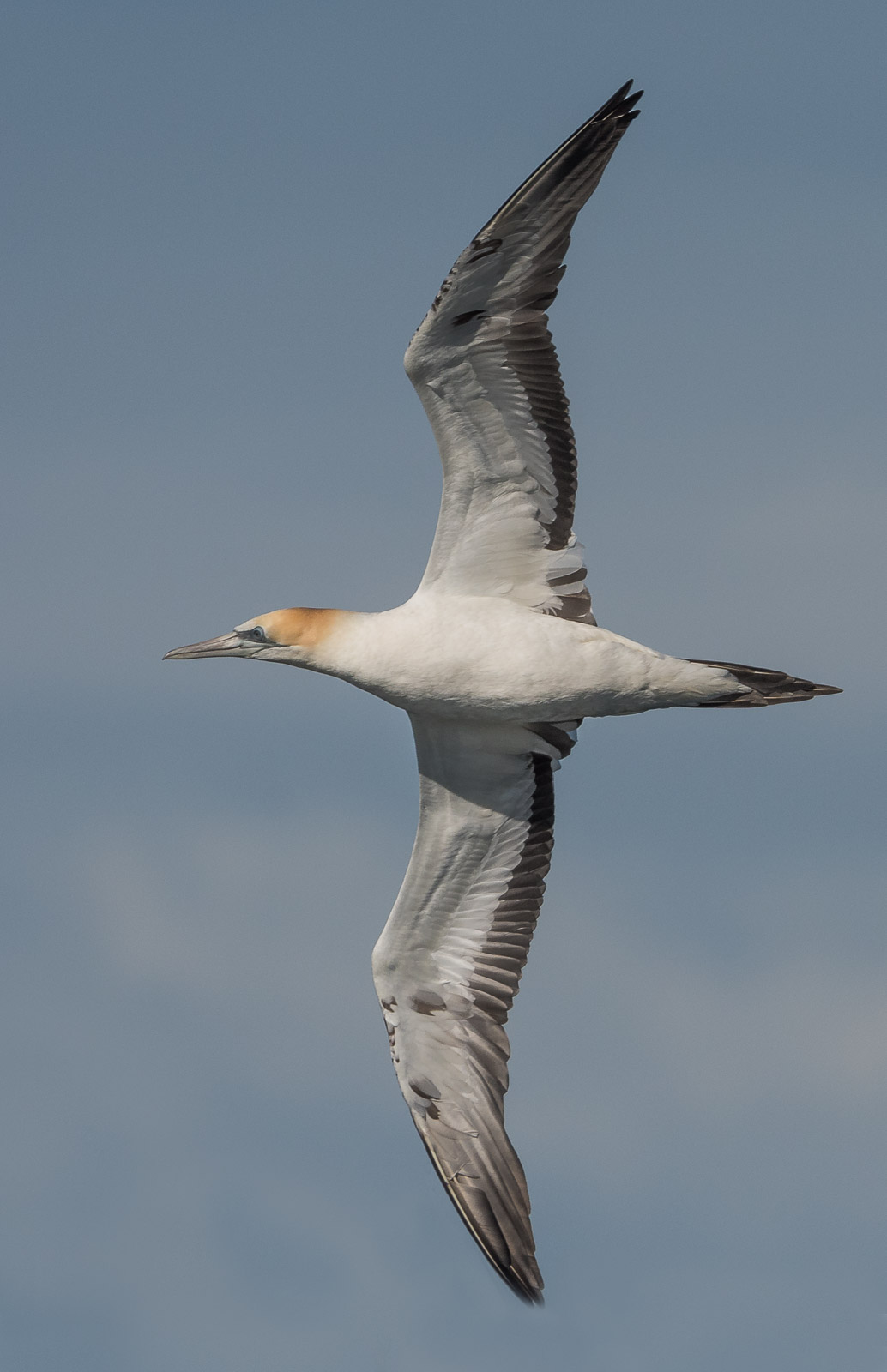I saw a warning sign on the tool chest in the back of an RACV Roadside vehicle the other day.
Warning before beginning work have you made a Risk Assessment.
Good advice I thought for someone working on car repairs on the side of the road with cars, buses and trucks speeding by, each driver totally self-obsessed in their own world of radio, wifi, facebook and family troubles.
Good advice, I thought too for your average photographer at work on the beach. 🙂
We had spent the morning, in the sunshine—let it be said, around Point Cook. We had arrived at low tide, and around this area the tide recedes in some places out as much as 100 m or more exposing lots of interesting little rock pools and seagrass beds and rocks that mark the edge of the shallows.
Normally terns, cormorants and gulls are the usual suspects. And occassionally when the wind is right, strong winds coming inshore, Australasian Gannets that patrol up and down, just out of camera reach.
However on this day, with a strong off-shore wind, the gannets were working along the area just out beyond the farthest exposed rocks. I don’t know for sure, but hazard a guess they were going down to around the Werribee River mouth, turning north and the gliding past us, about midway to their turn around somewhere near Altona, at the Kororoit Creek outlet or Jawbone Park. Just a guess. About a 15 min and 10 min turn around time.
So after watching several passes and buckling on the TC1.4 Televerter for a bit of extra gain, I pondered, I could walk along the dry sand/mud, step on a few stones and be close to the action.
That would work.
So I set out. Ever alert as a big wave might squash my plans, or perhaps the tide would turn and maroon me out on the dwindling dry ground around the rocks.
As I stepped over one puddle to another, it was apparent that the tide was indeed turning, as the little riverlets of water were heading in to fill the pools near the beach. Risk Assessment time.
I ventured on to the far rocks and waited 10 minutes and of course the gannets didn’t turn up on time. Look behind me, ok, dry land all the way. Wait.
10 more minutes and the first gannets begin patrolling down toward me. Still a bit too far out for great results. They disappear up the bay. Wait.
15 minutes later, and a look behind indicates that I’m running out of time. And the birds appear. Remember that TC? Well at 700mm focal length, the closest bird overwhelmed the frame. Quickly take off TC, balance on rock, hope not to drop expensive optical devices on the rock or worse into the salt water. Risk Assessment zero!
Another 10 minutes and the birds are patrolling again. Not as close as the first pass, but I’m running out of options.
Look behind. Water is beginning to fill in some of the lower pools and its all a few minutes from joining together and wet feet slog home. Risk Assessment.
Retire now to survive for another day.
Australasian Gannets are interesting in Port Philip Bay. They roost on several of the navigational structures around the bay and on a man-made island called, “Pope’s Eye” near Queenscliffe.
Some reseach, indicates that the birds that fly up and down the coast line on the western side are primarily males. In other areas it’s pretty much a 60% female, 40% male mix.
I also discovered the link to a web cam on Pope’s Eye.
If you’ve ever wondered what goes on in a gannet colony, and you wanted to avoid getting wet, travelling to Portland, and the smell, then this is well worth the few minutes to view. Solar powered it only functions in good weather.
It cycles a pre-recording if the live feed is off. Bet you can’t wait for tomorrow.
Here it is.
And here is the quick Fly By.

